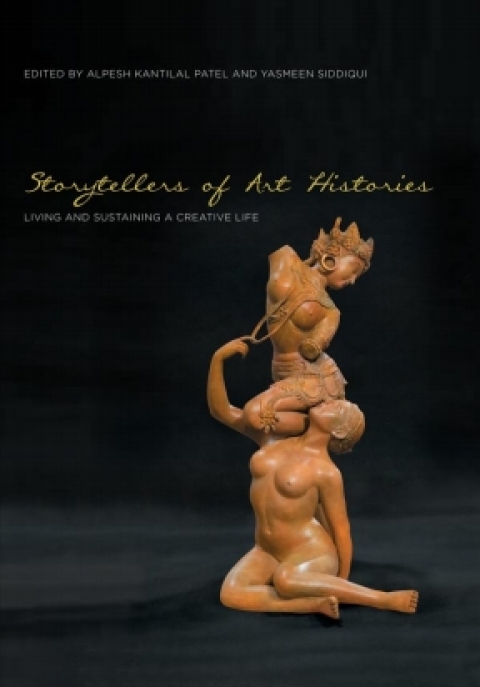

Most ebook files are in PDF format, so you can easily read them using various software such as Foxit Reader or directly on the Google Chrome browser.
Some ebook files are released by publishers in other formats such as .awz, .mobi, .epub, .fb2, etc. You may need to install specific software to read these formats on mobile/PC, such as Calibre.
Please read the tutorial at this link: https://ebookbell.com/faq
We offer FREE conversion to the popular formats you request; however, this may take some time. Therefore, right after payment, please email us, and we will try to provide the service as quickly as possible.
For some exceptional file formats or broken links (if any), please refrain from opening any disputes. Instead, email us first, and we will try to assist within a maximum of 6 hours.
EbookBell Team

4.7
66 reviewsThere is a special focus on gender, race (including Whiteness), class, sexuality and transnationality – all of which are often marginalized in dominant art histories. Each of the contributors in this book has provided short, often very personal, contributions describing how they began to become passionate about their practice. A particular feature of the collection is that there are twice as many contributions by women than by men.
The contributors respond in a multitude of surprising ways, appealing equally to people enmeshed in the field through their work and to those simply interested in the field. The stories you will read take various forms – a letter written to a friend, a revisioned grant application, the pastiche of image and text, children’s fables, interviews, co-authored narrative, memoir, manifesto, apology. A number of the essays perform, through a combination of recollected early memory alongside scholarly research, the roots of the theories they explore through publishing, curating and archival work.
Many of the contributors embody overlapping cultural diasporas that suggest the porousness of borders, challenging the field to understand itself as a product of regional art histories. Collecting this range of narratives born from different workplaces and disciplines speaks to our belief in the potential boundlessness of the art histories that shape the stories we consume.
Storytellers of Art Histories brings together the first-person narratives of an international group of art historians, curators, artists and archivists. This much-needed book book fills a significant gap in the literature, showing how these practitioners’ works come together productively in the teaching and writing of art history. The anthology also illuminates the relationship between curatorial studies and
…